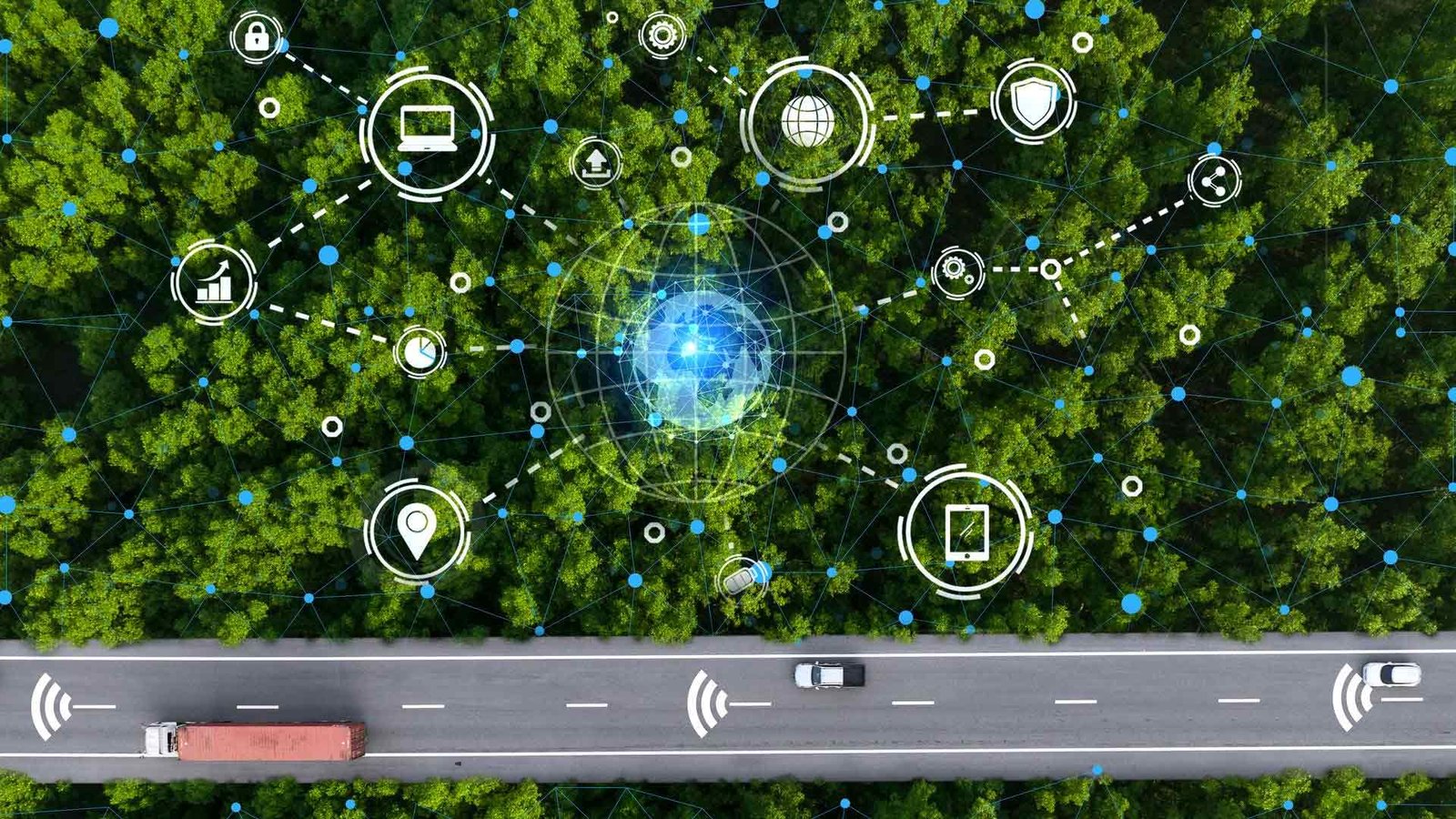From SAF to hydrogen, explore the future of sustainable aviation and green transportation in the climate era.
Is it in the feasible range of aviation and transportation to achieve net-zero without radical innovation? This is the question that looms huge in 2025 when governments, investors, and consumers put unprecedented pressure on these industries to decarbonize. Aviation contributed 2.5 percent of the total world CO2 emissions, with transportation being the greatest emitter in most economies. The gains in efficiency are no longer incremental. The question now is whether leaders are courageous enough to accept system change.
Table of Contents
The pressure point
Incremental gains are not enough.
The SAF dilemma
Electric, hydrogen, and hybrid futures
Equity and infrastructure challenges
Closing playbook for 2025 and beyond
The pressure point
The world is moving towards one inescapable conclusion when it comes to global climate commitments: companies that do not decarbonize face the threat of falling behind. The European Union is increasing fuel standards, and the U.S tax credit on sustainable aviation fuels (SAF) attempts to speed up the process. Investors are shifting capital towards climate-compliant investments, and consumers are seeking responsibility. The conflict is made evident–this is not compliance anymore, this is competitive positioning.
Incremental gains are not enough.
The designs of fuel-efficient aircraft and low-emission vehicles result in less intensity, but not much to counter the sheer increase in travel and logistics demand. The danger of efficiency is that it will lead to rebound effects: the cheaper and cleaner a mile will be, the more of it we will use. Executives need to consider the question of whether to optimize the legacy systems or it is high time to shift to disruptive solutions.
The SAF dilemma
SAF is at the heart of the green aspirations in the aviation sector. The solutions of biofuels, synthetic e-fuels, and hydrogen are less likely to emit during their lifetime. However, supply nowadays does not contribute more than 1 percent of the global jet fuel usage. The price difference with the traditional jet fuel remains prohibitive, compelling airlines, suppliers, and governments towards awkward collaboration. The airlines, such as United and IAG, as well as the producers, such as Neste, are ramping up SAF production, but the question is, does SAF represent a bridge solution until breakthrough technologies are developed, or is it the future of aviation?
Electric, hydrogen, and hybrid futures
Electrification of ground transportation is fast becoming a reality, and EVs are expected to form 50 percent of all new car sales worldwide by 2030. The debate is moving in the aviation industry towards hydrogen and hybrid-electric vehicles. Airbus is testing hydrogen-powered designs, and Norway is looking into fully electric short-haul operations in 2030. Buses and trucks powered by hydrogen are already appearing in European and Asian motor parks. These technologies come with no doubt, but it is the scale timelines that are questionable. Leaders need to look at the point of betting in such a way as to avoid capital overstretching.
Equity and infrastructure challenges
Green transportation is not only a technology competition but also an equity and infrastructure issue. There is an underdeveloped charging network, hydrogen fueling stations, and SAF distribution channels. Economies that are developed can grow at a higher rate, whereas the emerging ones will lag behind. This gives birth to a possible green gap that cannot be neglected by the international actors. Fairness in the provision of sustainable mobility will be as significant in reputation as it is in expanding the market.
Closing playbook for 2025 and beyond
Compliance strategies are not enough for executives going through this transition. They require a roadmap that would decarbonize the value driver:
- Strike a balance between short-term payoff on ROI and long-term investments in SAF, hydrogen, and electric mobility.
- Establish cross-sector alliances in order to facilitate cost and risk distribution among airlines, automakers, energy companies, and regulators.
- Enhance supply chain resiliency to key raw materials and bio-feedstock.
- Invest in data-driven measures of sustainability to demonstrate the results of sustainability.
- Early predict infrastructure bottlenecks and push policy to pick up the pace of buildout.
By 2035, the transport economy will be characterized by the companies leading in SAF innovation, electric mobility, and fair infrastructure that will shape the climate legacy of this generation. The decision available to executives is clear yet deep: either take a step of small change and run a risk of becoming irrelevant, or implement change and take control of the climate era.
The future of mobility will not wait. Neither should you.
Discover the latest trends and insights—explore the Business Insights Journal for up-to-date strategies and industry breakthroughs!

